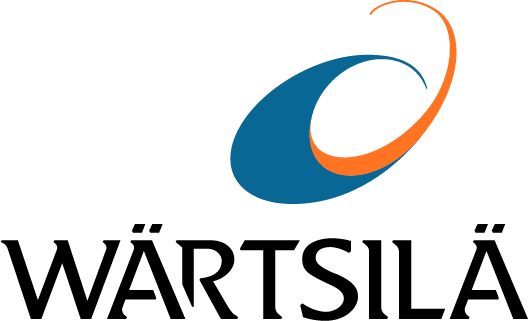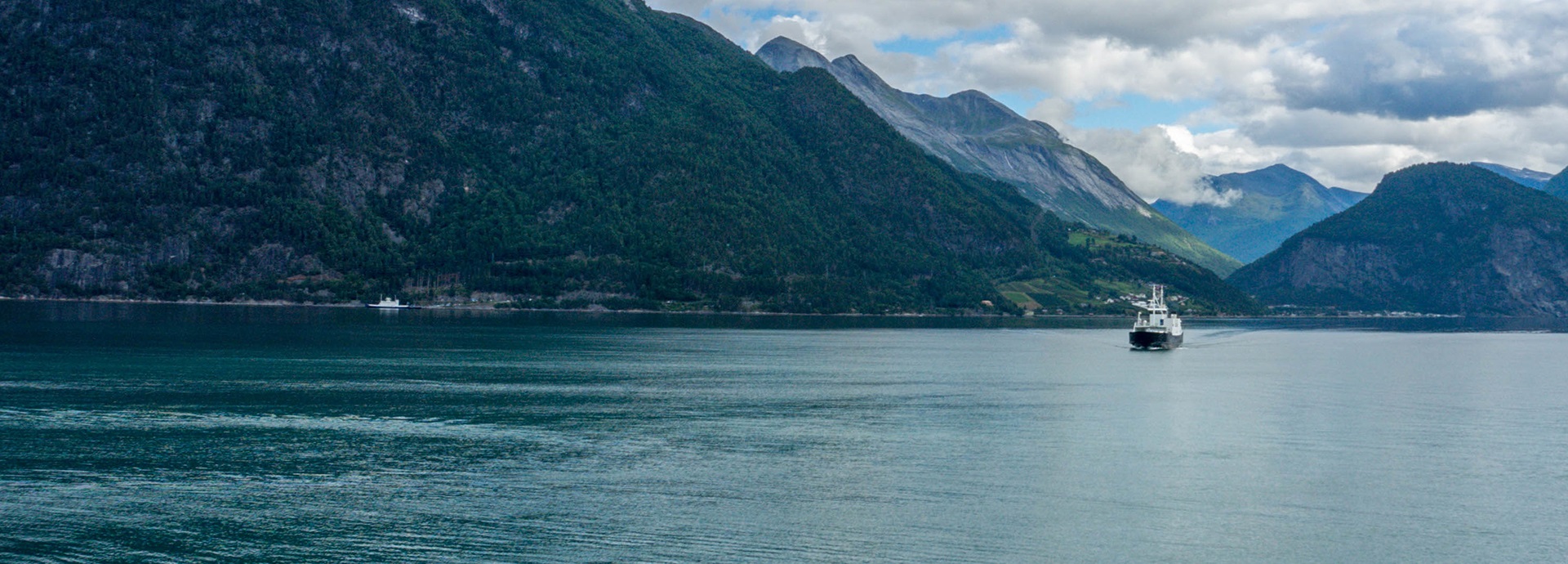

If you’re a ship owner or operator sailing into, out of or within EU waters, the EU Emissions Trading System (ETS) affects you. What does the ETS mean for your business? Could it save or even make you money? Here are four top tips.
Key takeaways
- The EU Emissions Trading System (ETS) affects ship owners and operators sailing in EU waters.
- European Emission Allowances (EUAs) cover one tonne of CO2 emissions per year. You buy EUAs to pay for your emissions and can sell any surplus at the end of the year.
- Because EUA prices are expected to rise, it is crucial to monitor and report emissions accurately.
- How to save money:
- Understand the ETS so you can avoid penalties
- Improve the efficiency of your vessel(s)
- Use vessel data to understand where you can make savings
- Minimise methane slip for any LNG-fueled vessels in your fleet
In January 2024 the maritime industry joined the world’s biggest carbon market – the EU ETS. The potential savings you can make as a ship owner or operator depend heavily on three key things:
- the efficiency of your vessels
- how well you understand the ETS
- whether you are making ship data work for your business.
This article covers the basics of the ETS and then explains four tips that will save you a lot of money:
- Money-saving tip 1 – Study the ETS and avoid financial penalties
- Money-saving tip 2 – Make your ships and voyages as efficient as possible
- Money-saving tip 3 – Make data work for your business
- Money-saving tip 4 – If you’re using LNG, take care of methane slip
Want to start with the basics? In the next section you can learn what the ETS is – and how it works. If you’re already familiar with the ETS, click here to jump to the first money-saving tip.
Knowledge is power, and understanding the ETS properly will help you save money – and could even make you money! The ETS operates on a ‘cap and trade’ system. The cap is an absolute limit on how much greenhouse gas can be emitted across all industrial sectors covered by the ETS. In terms of the maritime industry, the system applies to all ships of 5,000 gross tonnage and above that enter EU ports. This amount includes all emissions from intra-EU voyages and 50% of the emissions for voyages to or from non-EU ports.
The trade element is how you pay for the emissions from your ships. European Emission Allowances (EUAs) cover one tonne of CO2 emissions per year. You buy EUAs to pay for your emissions and can sell any surplus at the end of the year – potentially for a profit.
For example:
- If you emit 10,000 tonnes of CO2, you need 10,000 EUAs to pay for those emissions.
- If you only have 9,000 EUAs you have to pay a EUR 100 penalty for every excess tonne.
- On top of that, you need to buy the 1,000 EUAs to make up the shortfall.
If you emit less than 10,000 tonnes of CO2 and have 10,000 EUAs, you could sell your surplus for a profit if the current market price exceeds what you paid for them. In practice, the most likely scenario is that you will hold onto any excess EUAs to count towards future emissions.
What does an EUA cost?
The price of EUAs is expected to increase over time as the cap – the limit on the total amount of greenhouse gases that can be emitted – decreases. According to global data and business intelligence platform Statista, in 2024 the average EUA price was €65. According to Statista, the price is expected to more than double within a decade, hitting close to €200 by 2035.
Money-saving tip 1 – Study the ETS and avoid financial penalties
TThe bottom line to saving money? Know how much you’re going to emit in the coming year and buy your EUAs accordingly. As a ship owner, you’re responsible for monitoring and reporting the emissions from your vessels annually as part of the monitoring, reporting and verification (MRV) procedure.
Handpicked related content:
Did you know? The handy EU Emissions Compliance application helps you plan, measure and report EUA costs accurately and easily!
To avoid financial penalties it’s important that you are on top of your emissions data. You need to think about the amount of emissions you will produce in the future and have a system in place to control costs and ensure compliance. Without this, you could be surprised by heavy financial penalties for exceeding your emissions allowance.
“In the complex world of ETS regulations, having in-house experts is crucial to help you keep up and avoid potentially expensive surprises.
Money-saving tip 2 – Make your ships and voyages as efficient as possible
Minimising the impact of the ETS on your shipping operations essentially comes down to better voyage planning and making your vessels as efficient as possible. Both approaches will save fuel and minimise the emissions your ships generate – saving you money in the process.
Energy saving technologies (ESTs) can help you improve efficiency and reduce emissions, but it can be difficult to choose the right combination of solutions without expert advice.
“The more efficient you can make your ships, the less cost you will have to pass on to your customers. In this way, ESTs offers a great opportunity to make your vessels more attractive than the competition.
The bottom line to saving money? Clear, data-led advice from an experienced partner. Wärtsilä Decarbonisation Services can help you sort through all the options open to you to determine the optimal combination. These options include:
- ESTs – you can get all the facts and numbers you need about ESTs from this white paper: CII rating: 11 smart ways to boost it while staying competitive
- Engine upgrades Learn about Wärtsilä engine upgrades to reduce greenhouse gas emissions
- Adopting good maintenance practices – Find out how good maintenance practices can benefit your business in this Insights article: Want to cut costs and extend CII compliance? The top 4 ways good maintenance practices can help
- Choosing a hybrid system – Get up to date on the hot trends in hybrid systems in this Insights article: Seven fascinating hybrid ship trends that everyone needs to know about
- A fuel conversion – See how you can switch to an alternative fuel and invest in fuel flexibility for emissions reduction with Wärtsilä fuel conversions
- Fleet optimisation and operational support – Wärtsilä‘s Fleet Optimisation Solution offers voyage planning and fleet performance management to help you unlock efficiencies.
Handpicked related content:
See how Wärtsilä Decarbonisation Services can help you choose the right decarbonisation solutions for your vessels and business in our Insights article: Strong decarbonisation strategy for your ship? 3 simple steps to success.
Money-saving tip 3 – Make data work for your business
Ship owners and operators are increasingly finding that data is the key to optimising routes, improving transparency and identifying ways to make vessels less costly to run. DNV, the world’s leading classification society, estimates that the EU ETS will lead to additional annual costs for the industry of up to €10 billion. Could data hold the key to offsetting part of this extra cost?
The answer has proven to be yes. Gathering, monitoring and managing data properly will help you comply with emission-related regulations and avoid penalties. Data-enabled decision-making holds the key to finding cost savings and optimising every voyage, helping you to improve efficiency. These cost savings also free up money to invest in energy-saving devices that will further improve vessel performance.
Handpicked related content:
If you want to learn more about how to use emissions data and other vessel data to benefit your business, this Insights article – Expert advice: 7 benefits of data in improving vessel performance – has plenty of great tips.
Money-saving tip 4 – If you’re using LNG, take care of methane slip
Ship owners also need to remember that although the ETS only initially covers CO2 emissions, in 2026 it will be extended to cover methane and nitrous oxide emissions. If any of the ships in your fleet use liquid natural gas (LNG) as fuel, methane slip is something you need to know about and take care of.
Methane slip refers to the small amount of the fuel that doesn’t burn in your ship’s engine and escapes with the exhaust gases instead. It’s a challenge that engine manufacturers like Wärtsilä have been working on reducing for years.
If you fail to address the issue of methane slip, then the ETS could hit your business harder than it needs to.
The bottom line to saving money? Be smarter about methane slip, learn why you need to reduce it and discover simple, smart solutions that will deliver results – fast. This Insights article is a great place to get started: How to be smarter about methane slip – right now.
When you want to minimise the impact of the EU Emissions Trading System on your shipping operations, make sure that your vessels are as efficient as possible. An easy next step is to look at energy saving technologies. Download this white paper: “CII rating: 11 smart ways to boost it while staying competitive – A quick guide to energy saving technologies”
This article was first published in October 2023. It was reviewed and updated in February 2025.






